Books have the power to shape minds and societies, but some have faced fierce opposition. This article explores famous books that were once banned, delving into the reasons behind their censorship and their eventual triumph. Discover how these literary works, initially suppressed, overcame controversy to become celebrated classics.
1984 by George Orwell
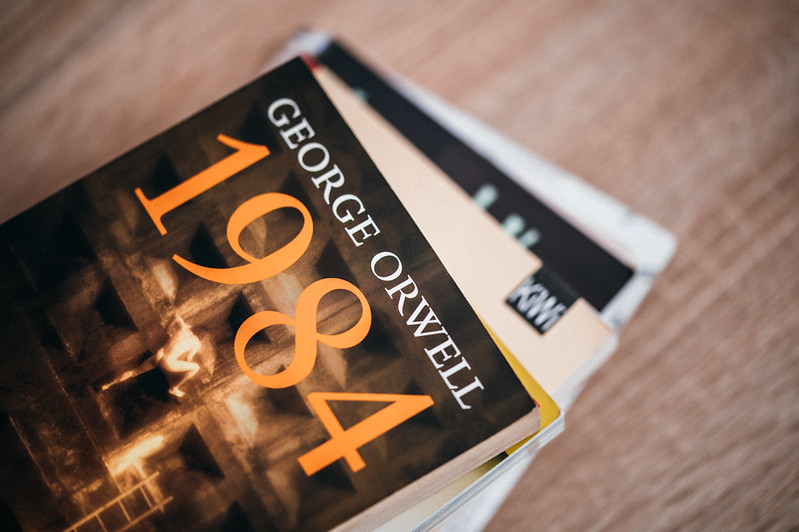
George Orwell’s 1984 was banned in several countries, including the Soviet Union and the United States. Its depiction of a dystopian future under a totalitarian regime was seen as a critique of oppressive governments. The book’s themes of surveillance, censorship, and propaganda made it controversial, especially during the Cold War era. Despite the initial bans, 1984 has become a classic, lauded for its profound insights into the dangers of authoritarianism.
The Catcher in the Rye by J.D. Salinger
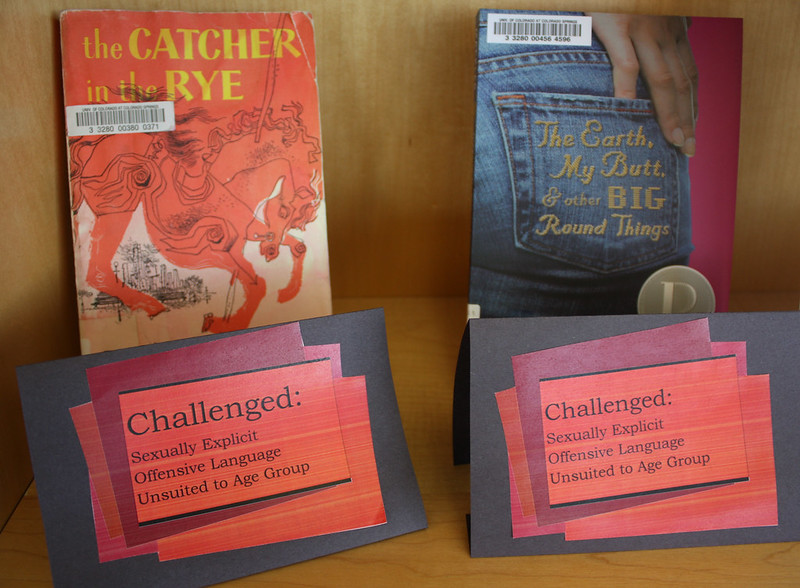
The Catcher in the Rye has been frequently challenged and banned due to its use of profanity, sexual content, and themes of teenage rebellion. Schools and libraries across the United States have removed the book from their shelves, citing its inappropriate content for young readers. However, J.D. Salinger’s novel has remained a cornerstone of modern literature, resonating with readers for its honest portrayal of adolescent angst and alienation.
To Kill a Mockingbird by Harper Lee
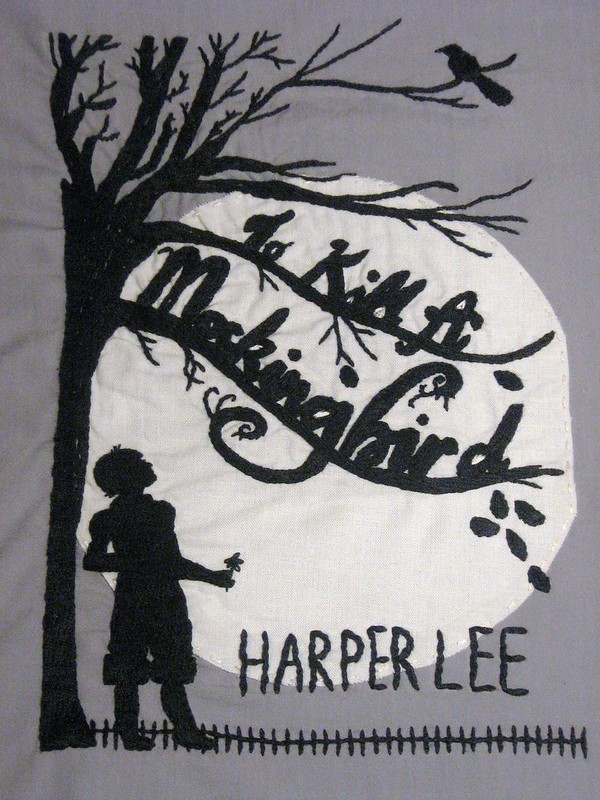
Harper Lee’s To Kill a Mockingbird faced bans and challenges primarily for its use of racial slurs and its depiction of racial injustice in the American South. Critics argued that the language was offensive and inappropriate for students. Nonetheless, the novel’s powerful narrative about racism, moral integrity, and empathy has cemented its place as a crucial educational tool and a literary masterpiece.
Brave New World by Aldous Huxley
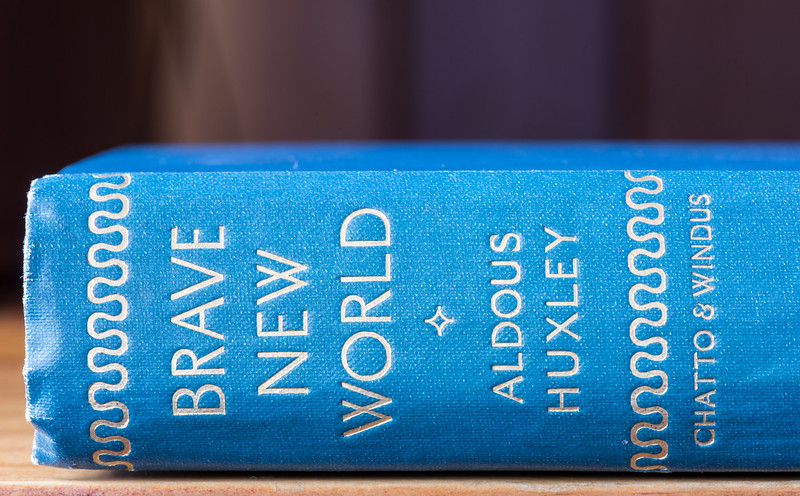
Brave New World was banned in multiple countries for its controversial themes and perceived anti-religious sentiments. Aldous Huxley’s portrayal of a future society driven by technology, consumerism, and pleasure was seen as morally corrupt. The book’s frank discussions of sexuality and drug use also contributed to its censorship. Today, it is considered a prophetic work that critiques the potential perils of technological advancement.
The Adventures of Huckleberry Finn by Mark Twain
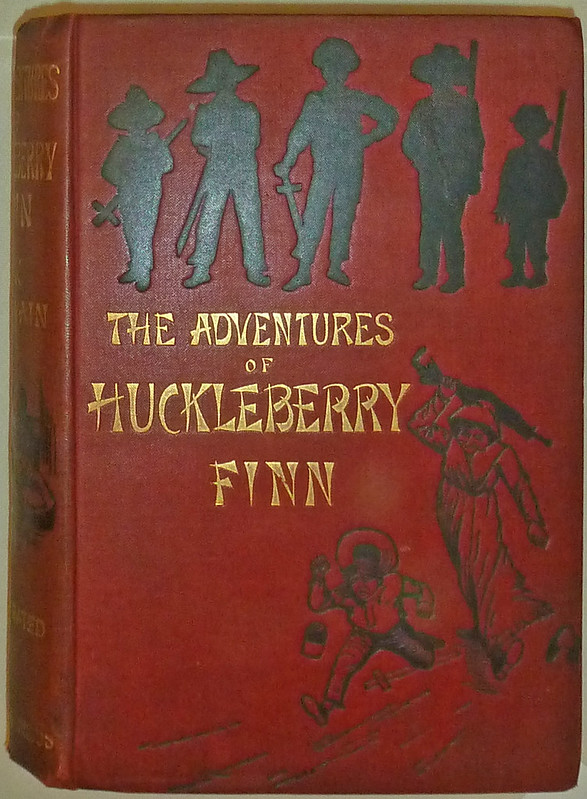
Mark Twain’s The Adventures of Huckleberry Finn has been banned for its use of racial slurs and its portrayal of racial stereotypes. Critics argue that the language is offensive and perpetuates harmful stereotypes. Despite these controversies, the novel is recognized for its critical examination of racism and its innovative narrative style, making it a significant work in American literature.
The Grapes of Wrath by John Steinbeck
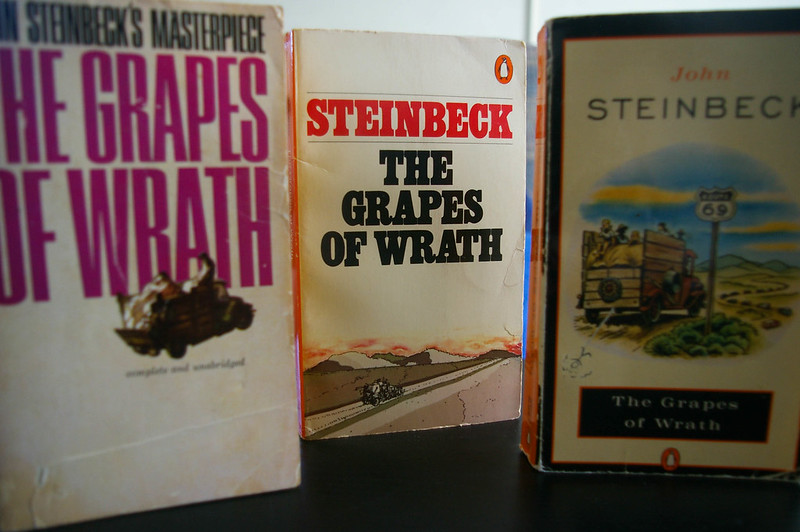
John Steinbeck’s The Grapes of Wrath faced bans and censorship due to its portrayal of the struggles of migrant workers during the Great Depression. The book’s depiction of poverty, exploitation, and social injustice was deemed subversive and controversial. Some critics also took issue with its explicit language and sexual content. Despite this, the novel is celebrated for its powerful social commentary and empathy for the disenfranchised.
Animal Farm by George Orwell
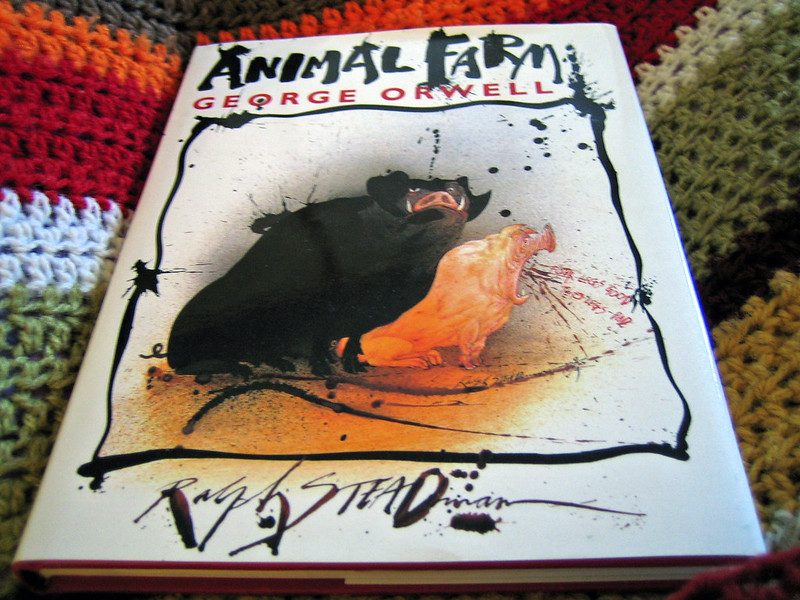
Animal Farm was banned in the Soviet Union and other communist countries for its allegorical critique of totalitarian regimes. George Orwell’s novella uses a farm animal uprising to satirize the Russian Revolution and the rise of Stalinism. The book’s themes of political corruption and betrayal made it a target for censorship, but it remains a poignant and accessible critique of power and propaganda.
Lolita by Vladimir Nabokov
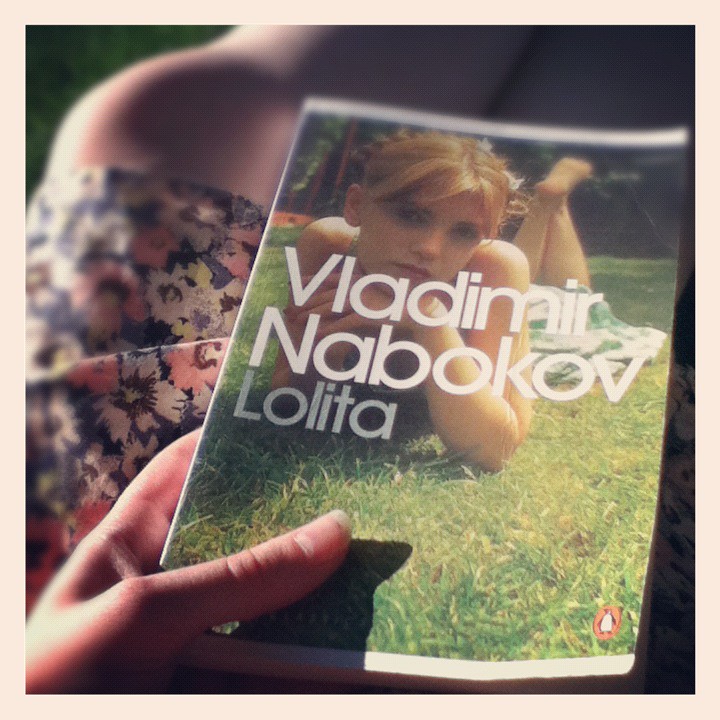
Vladimir Nabokov’s Lolita was banned for its explicit content and controversial subject matter involving a middle-aged man’s obsession with a young girl. The novel faced censorship in several countries, including the United States, France, and the United Kingdom. Despite its provocative themes, Lolita is praised for its literary style and Nabokov’s masterful use of language, making it a complex and enduring work.
Fahrenheit 451 by Ray Bradbury
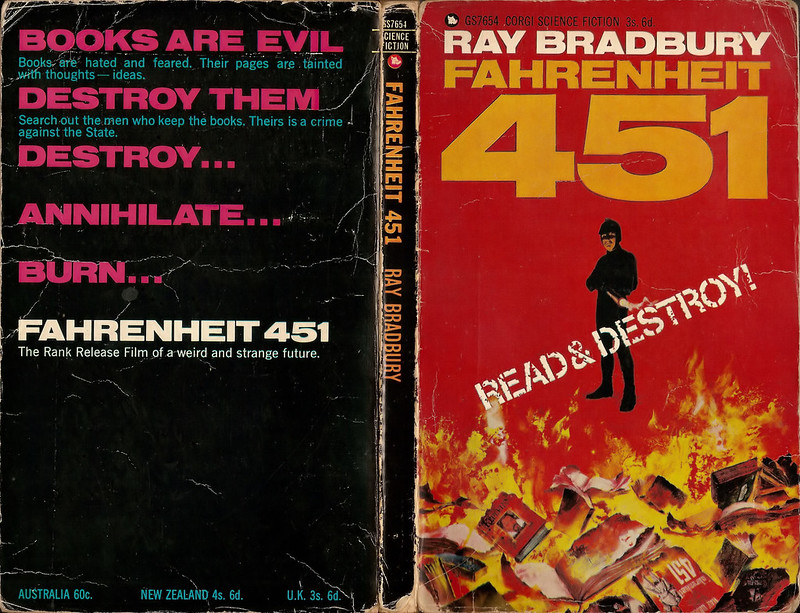
Fahrenheit 451 was challenged and banned for its themes of censorship and suppression of dissenting ideas. Ray Bradbury’s dystopian novel depicts a future where books are banned and “firemen” burn any that are found. The book itself faced censorship due to its portrayal of book burning and its criticism of societal complacency. Today, it is seen as a powerful defense of free thought and the importance of literature.
The Satanic Verses by Salman Rushdie
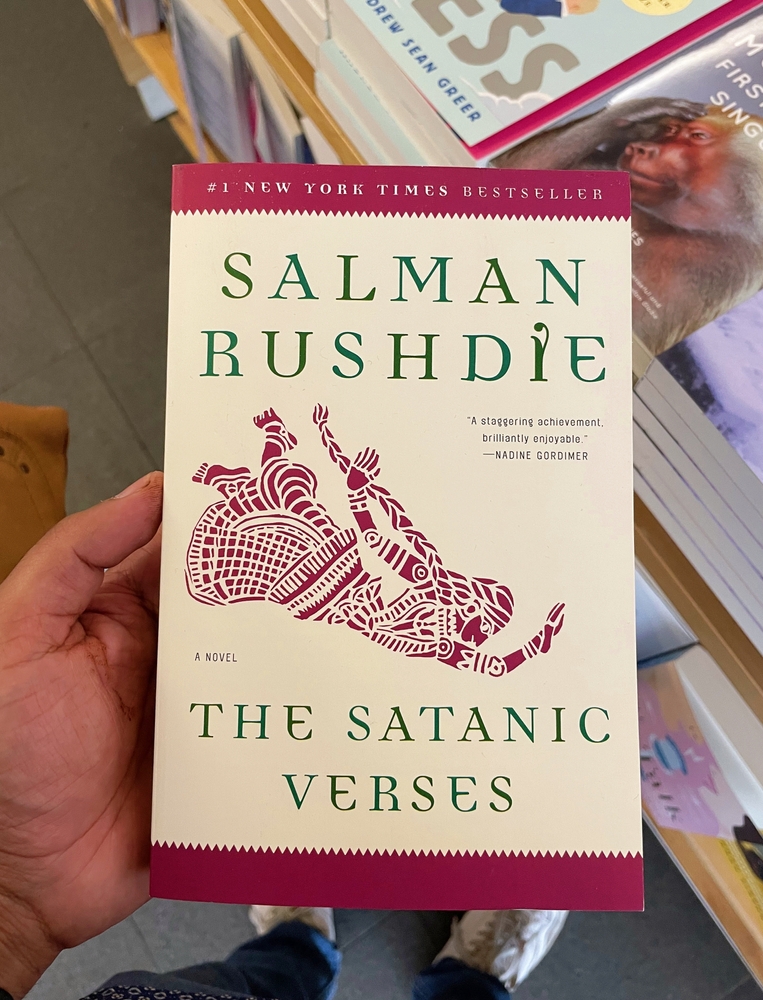
Salman Rushdie’s The Satanic Verses faced global controversy and was banned in numerous countries for its perceived blasphemy against Islam. The novel’s exploration of religious themes and its portrayal of the Prophet Muhammad led to widespread protests and a fatwa calling for Rushdie’s death. Despite the intense backlash, the book is considered an important work for its bold narrative and its defense of artistic freedom.
One Hundred Years of Solitude by Gabriel García Márquez
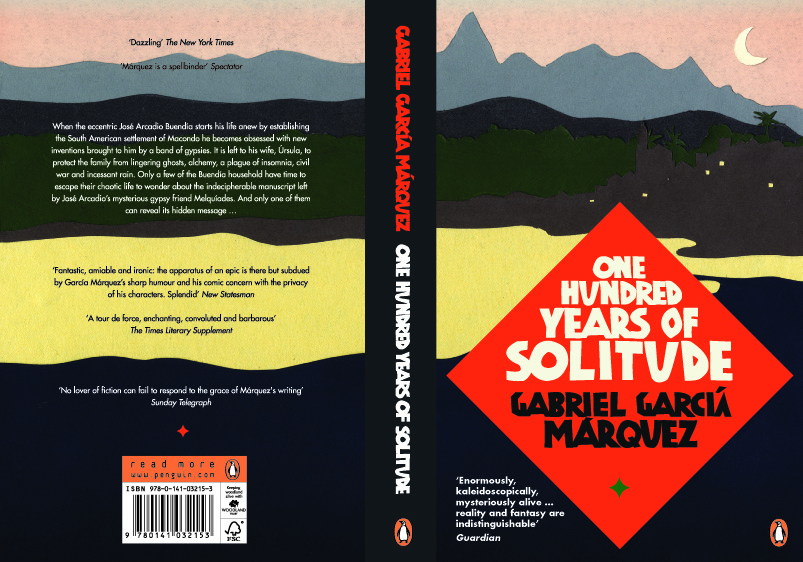
Gabriel García Márquez’s One Hundred Years of Solitude was banned in several Latin American countries for its political themes and magical realism elements. The novel’s critique of political oppression and its portrayal of Colombian society were seen as subversive. The book’s rich narrative and imaginative scope have since earned it a place as a landmark in world literature.
The Color Purple by Alice Walker
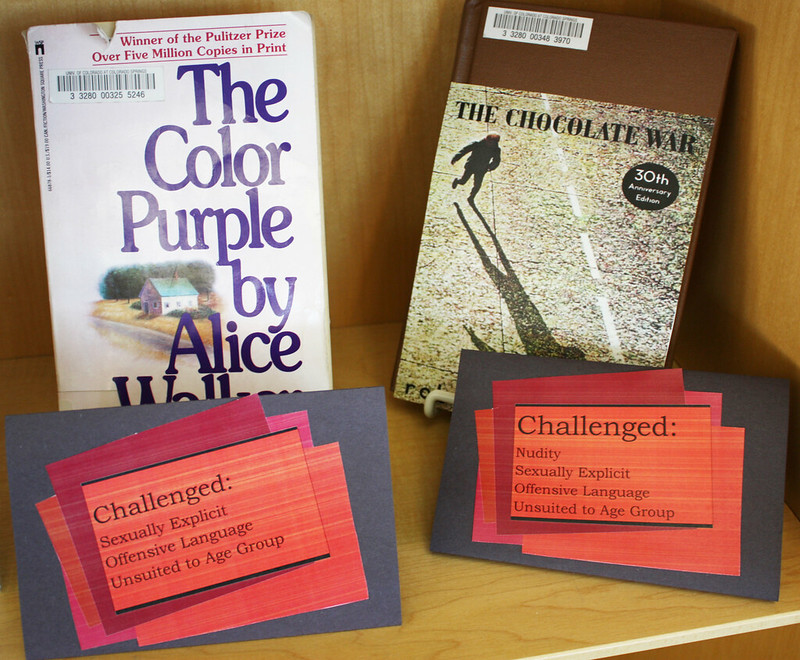
Alice Walker’s The Color Purple has faced bans and challenges for its explicit language, sexual content, and portrayal of violence and racism. Critics argued that the novel’s themes were too mature for young readers. However, the book’s powerful story of female empowerment and resilience has made it a significant work in African American literature and feminist discourse.
Lord of the Flies by William Golding
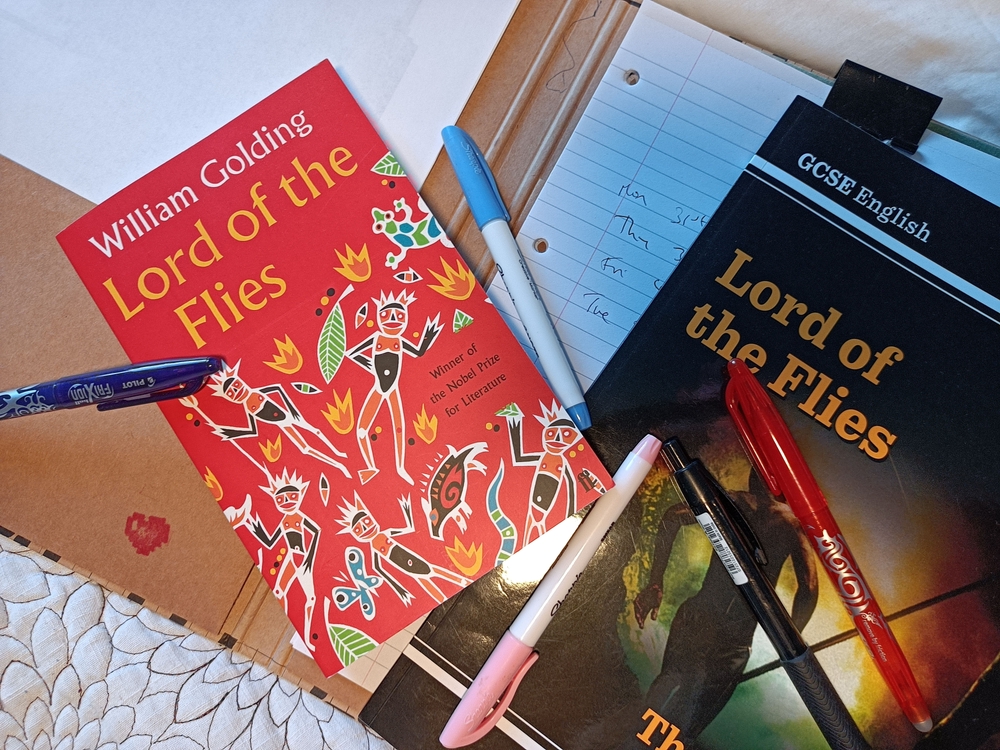
William Golding’s Lord of the Flies was challenged and banned for its depiction of violence, savagery, and moral decay among a group of stranded boys. The novel’s dark themes and graphic content were deemed inappropriate for students. Despite this, it is widely studied for its exploration of human nature and the fragility of civilization.
Ulysses by James Joyce
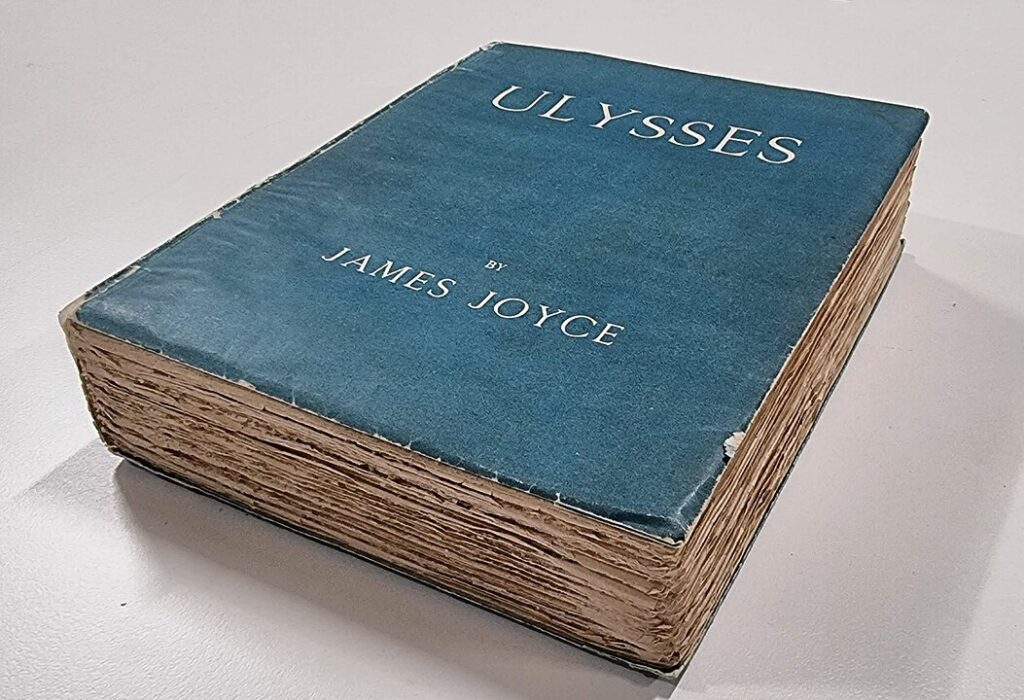
James Joyce’s Ulysses was banned in the United States and other countries for its explicit content and stream-of-consciousness narrative. The novel’s depictions of sexual activity and bodily functions were considered obscene. After a lengthy legal battle, the book was declared not obscene and is now celebrated for its experimental style and profound literary significance.
Catch-22 by Joseph Heller

Joseph Heller’s Catch-22 faced bans and challenges for its anti-war sentiments, explicit language, and satirical portrayal of military bureaucracy. Critics argued that the novel’s irreverent tone and dark humor were inappropriate. Despite this, Catch-22 has become a classic for its incisive critique of the absurdities of war and its influence on modern literature.
Of Mice and Men by John Steinbeck
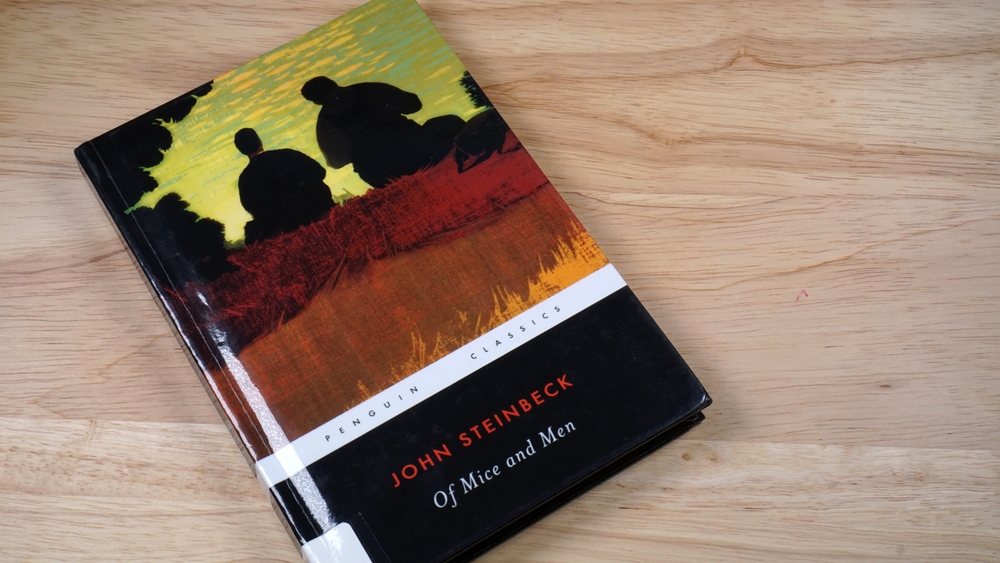
Of Mice and Men by John Steinbeck has been banned for its portrayal of violence, use of profanity, and themes of mental disability. The book’s depiction of the harsh realities faced by itinerant workers during the Great Depression was considered too graphic and disturbing for young readers. Nevertheless, its exploration of friendship, dreams, and human dignity has made it a staple in American literature.
A Clockwork Orange by Anthony Burgess
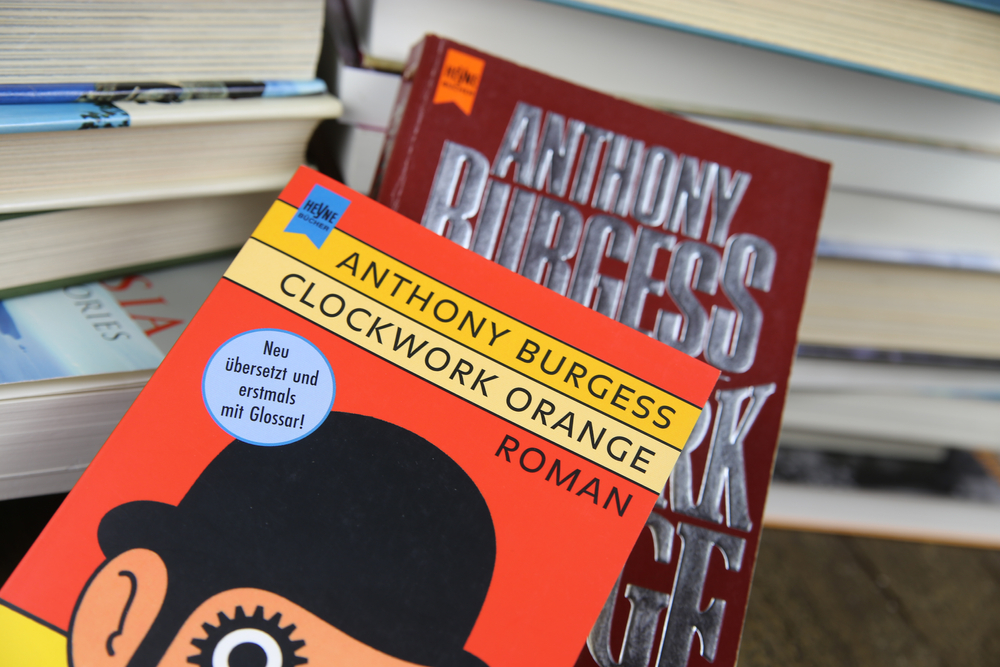
Anthony Burgess’s A Clockwork Orange was banned for its graphic depictions of violence and its exploration of free will and moral choice. The novel’s portrayal of a dystopian future where youths engage in extreme acts of violence was deemed too disturbing. Despite this, it is regarded as a significant work for its linguistic innovation and philosophical depth.
The Great Gatsby by F. Scott Fitzgerald
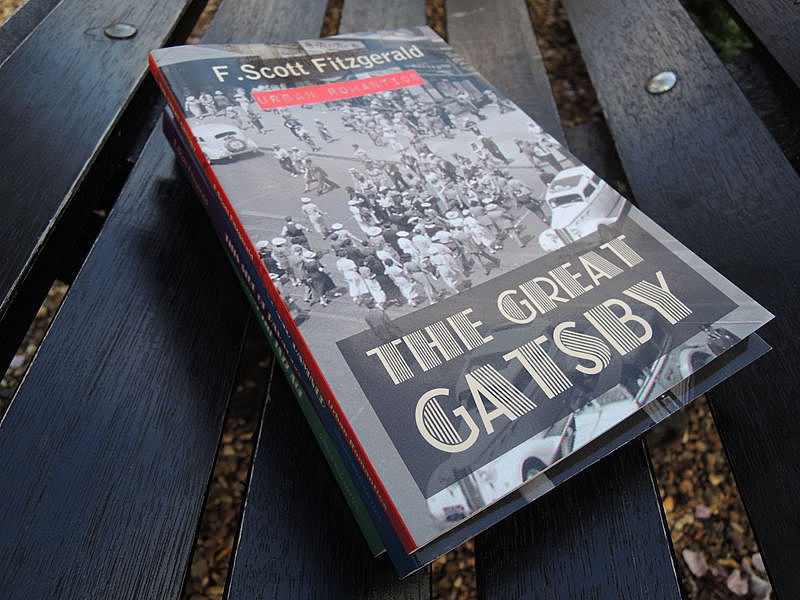
The Great Gatsby by F. Scott Fitzgerald has faced bans for its depiction of adultery, alcohol use, and the moral decadence of the 1920s. Critics argued that the novel’s themes were inappropriate for students. However, it is now considered a quintessential American novel, capturing the spirit of the Jazz Age and the complexities of the American Dream.
Slaughterhouse-Five by Kurt Vonnegut
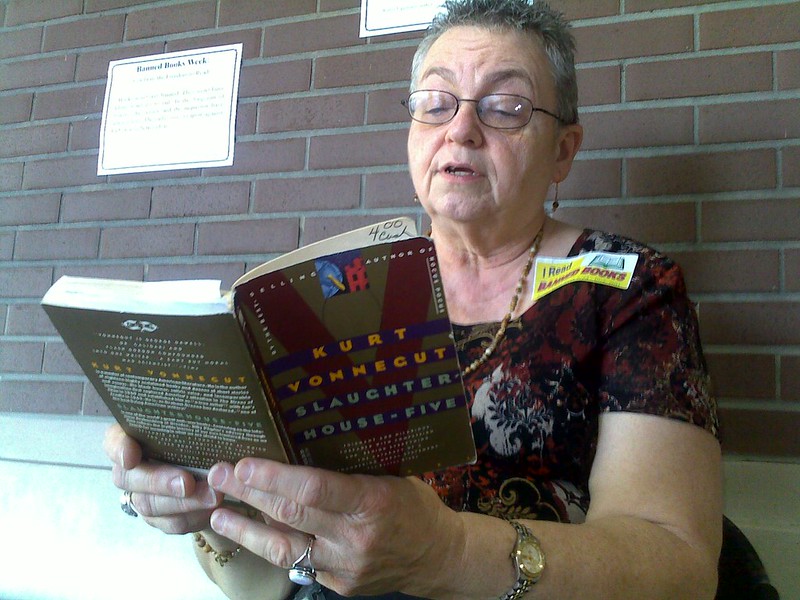
Kurt Vonnegut’s Slaughterhouse-Five was banned for its explicit language, sexual content, and anti-war themes. The novel’s depiction of the bombing of Dresden and its unconventional narrative structure were controversial. Despite this, it is praised for its powerful anti-war message and its unique blend of science fiction and historical fiction.
Beloved by Toni Morrison
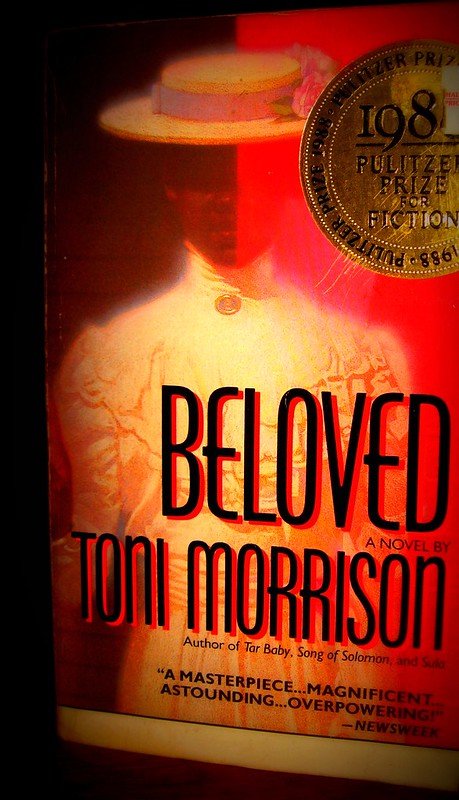
Toni Morrison’s Beloved faced bans for its explicit content, including scenes of violence, sexual abuse, and infanticide. The novel’s exploration of the haunting legacy of slavery was considered too graphic for some readers. However, it is celebrated for its lyrical prose and its unflinching examination of the impact of slavery on African American lives.
The Handmaid’s Tale by Margaret Atwood
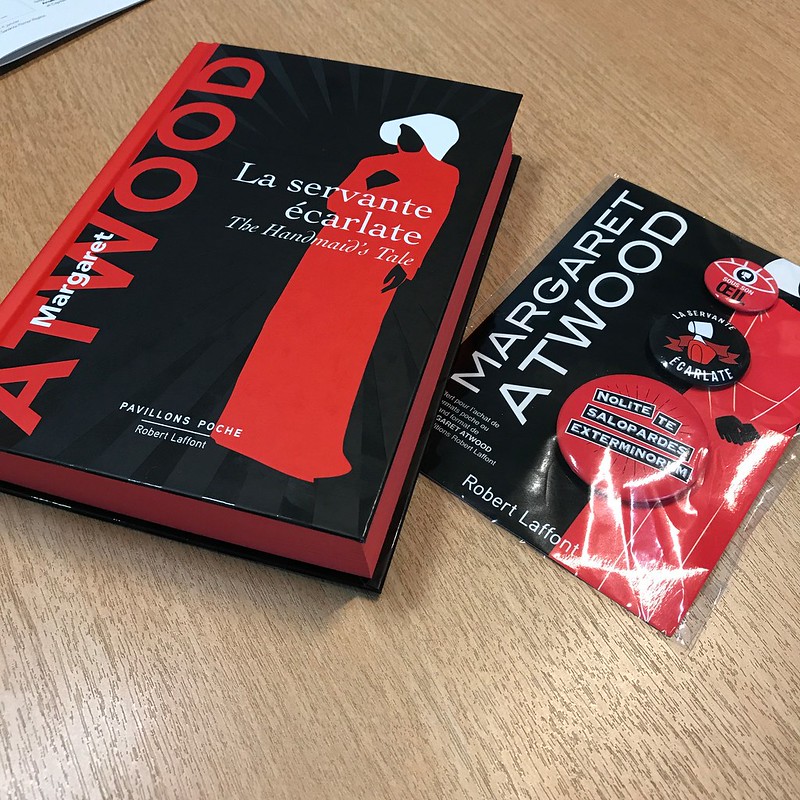
Margaret Atwood’s The Handmaid’s Tale has been challenged and banned for its portrayal of a dystopian society where women are subjugated and stripped of their rights. The novel’s themes of sexual violence, religious extremism, and political oppression were seen as controversial. Despite this, it is lauded for its feminist perspective and its chilling relevance to contemporary issues.
Madame Bovary by Gustave Flaubert
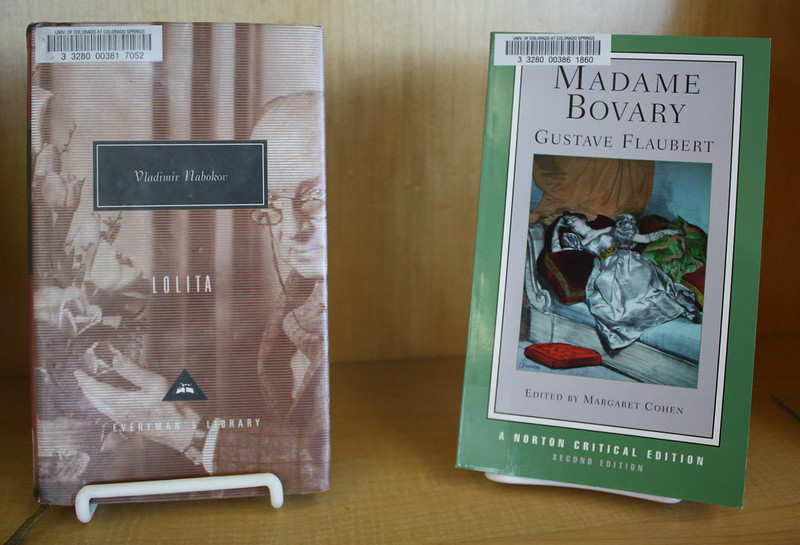
Gustave Flaubert’s Madame Bovary was banned for its depiction of adultery and its critique of bourgeois society. The novel’s portrayal of a woman’s quest for personal fulfillment and the consequences of her actions was considered scandalous. Despite its initial controversy, Madame Bovary is now hailed as a masterpiece of realist literature, exploring themes of desire, disillusionment, and societal norms.
This article originally appeared on UnifyCosmos.
More from UnifyCosmos
19 Effective Strategies to Boost Your Creative Thinking

Engage in activities that challenge your perspective and collaborate with others to spark new ideas. Regularly stepping out of your comfort zone can lead to unexpected and innovative solutions. Read more!
22 Ways To Avoid Being Broke on a High Salary

This article will explore practical strategies to help you avoid being broke even when you have a substantial paycheck. By following these tips, you can ensure a more stable and secure financial future. Read more!
20 Indicators Your Boss Cares About You & Your Career

If you’re wondering whether your boss cares about you and your career, look for these key indicators. They might reveal just how invested they are in your professional journey. Read more!
Leave a Reply